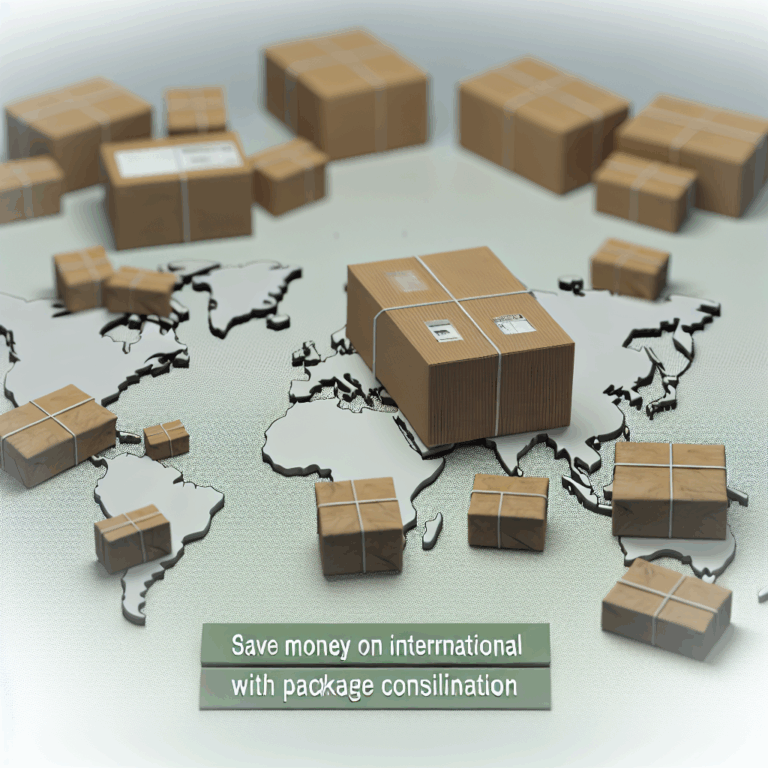Choosing the Right Shipping Method from China in 2024
When importing goods from China, selecting between air and sea freight can make or break your budget and delivery timeline. International shipping from China involves weighing cost against speed, reliability, and cargo specifics—whether you’re a small business owner or a large-scale importer. With fluctuating fuel prices, port congestion, and evolving trade policies in 2024, understanding these tradeoffs is critical for optimizing your supply chain.
Key Differences Between Air and Sea Shipping
Speed: When Time Is Money
Air freight is the undisputed winner for urgent shipments:
– Typical transit: 3–7 days from major Chinese hubs (e.g., Shanghai, Shenzhen) to global destinations.
– Ideal for: Perishables, high-value electronics, or last-minute inventory replenishment.
Sea shipping, while slower, suits less time-sensitive cargo:
– Average duration: 20–45 days, depending on routes and port delays.
– Best for: Bulky, non-perishable items like furniture or raw materials.
Cost Comparison: Budget vs. Priority
Air freight costs 4–6x more than sea shipping per kilogram, but hidden expenses exist for both:
– Air: Higher fuel surcharges; ideal for shipments under 500 kg.
– Sea: Terminal handling fees, customs delays, and container demurrage can add 10–30% to base rates.
A 2024 Freightos report shows average rates for international shipping from China:
– Air: $4.50–$8.00/kg
– Sea (FCL): $1,200–$3,500 per 20ft container
Factors Influencing Your Shipping Decision
Cargo Specifications
– Weight/Volume: Air becomes prohibitively expensive above 500 kg or 2 CBM (cubic meters).
– Fragility: Air’s smoother handling benefits delicate items.
– Hazardous Materials: Restrictions apply (e.g., lithium batteries often require air transport).
Market Conditions in 2024
– Fuel Costs: Jet fuel price volatility impacts air freight rates more sharply.
– Geopolitical Issues: Red Sea disruptions have increased sea freight insurance premiums by 15–20%.
Environmental Impact: Sustainability Considerations
Sea freight emits 95% less CO2 per ton-mile than air transport (source: International Transport Forum). Many companies now prioritize slower shipping to meet ESG goals, but air remains necessary for time-critical supply chains.
How to Optimize Your International Shipping from China
Hybrid Solutions
Combine air and sea for cost-time balance:
– Use air for critical components; ship bulkier items via sea.
– Leverage regional warehouses to reduce last-mile air freight needs.
Partner with Experts
Freight forwarders like Flexport or DHL offer:
– Consolidated shipping (LCL) for smaller sea shipments.
– Real-time tracking and customs clearance support.
Final Thoughts: Aligning Shipping with Business Goals
Air freight delivers speed at a premium, while sea shipping maximizes cost-efficiency for larger loads. In 2024, successful importers blend both methods, monitor logistics trends, and work with trusted partners to navigate disruptions.
Ready to streamline your international shipping from China? Get a tailored quote today to compare air and sea options for your specific needs.


